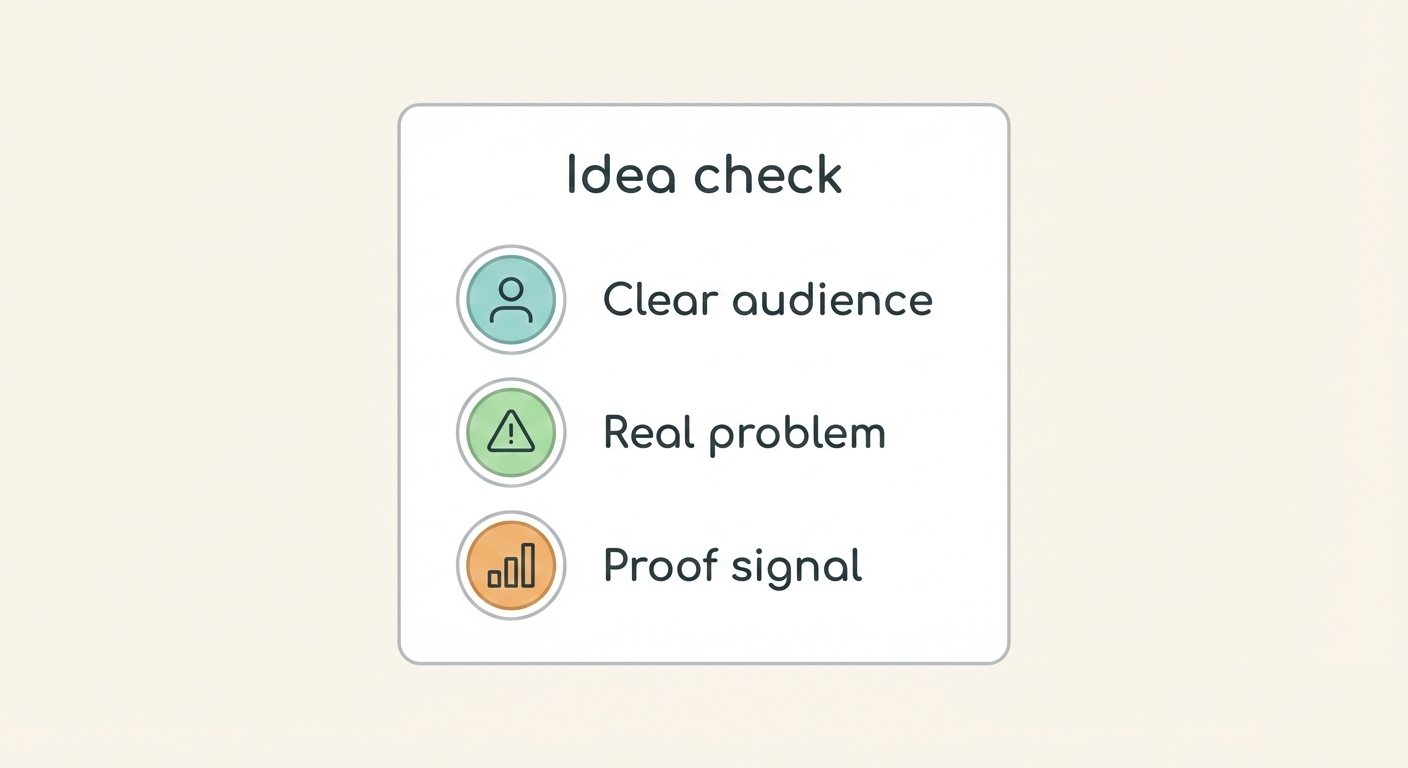Project management trends for 2019

Changes to business processes over time
The processes that are at play within our businesses are continually evolving. Some are business critical elements such as how invoices are produced and sent out and the shredding of confidential time-expired documents. Others might be less critical background elements like the arrangements for emptying waste paper baskets or ordering stationary.
Even though they might not change for years or only evolve very slowly, it’s highly likely that somewhere within the fabric of the organizational structure of your company, somewhere, a process is undergoing an evolutionary change.
The evolution of processes can happen in two ways. Firstly, process transformation can be driven internally, by the needs of your business. Changes like this are often in response to a specific business problem. It might be you need to alter how you do something to ensure the quality of service.
Here’s an example… So, project managers in a creative organization like a small design company might liaise directly with designers to schedule a job to deliver a design project to a client. However, the business is growing rapidly and the quality of service, particularly the ability to deliver creative work to deadlines, is slipping.
In response to this type of situation and to properly take control and maintain a good quality of service, it is very common practice to find that larger creative businesses have traffic managers. This role is specifically tasked to regulate the workflow through the creative studio, matching demand to resource to ensure timely project delivery.
It’s an evolutionary step that solves a specific business problem for a company at that stage of its development, transitioning from a small to a larger business, maintaining the momentum to keep on growing by preserving the quality of service.
The second way in which process transformation can be driven is through external developments. These might just be related to the Line-of-Business; however, it could also be down to more fundamental factors that are driving change across businesses of all types.
Think about how the computerization of businesses started. Larger corporate and multinational businesses, like banks were among the earliest adopters of business computing with mainframe systems. And then generally, the late 1960s and 1970s saw the wider acceptance with systems being introduced into the accounts departments of mid-market companies.
By the 1980s Microsoft brought the PC to the desktop, enabling business computing to breakout of the accounts department to eventually wind up on everyone’s desk. This killed off the traditional idea of the typing pool and in effect made practically everyone their own PA. The rest as they say is history!
Observing these changes to how things are done in specific Lines-of-Business or across businesses of different types reveals the trends that are at work re-shaping how things are being done in the world at large.
Watching developing trends and noting them helps us to benchmark our own businesses and evaluate where we are in terms of industry practice. Importantly, we can see how we might be able to adopt different ways of doing things to improve the efficiency and effectiveness of our operations. Here, we discuss the trends that are likely to continue to shape our thinking around and the practice of project management.
The breakout of Agile from the software industry into the mainstream
Agile is actually a rare beast in that it is breaking out of the specific Line-of-Business for which it was created.
Agile originated and has proved very successful in steering project management in the software industry. The software industry is especially dynamic and project goal posts may sometimes seem like they are in a state of perpetual motion! (Just ask any software developer!)
This dynamic nature which results in shifting project objectives are becoming normalized in all sorts of areas of business, like marketing, finance and construction. This is fermenting a form of practice known as business Agile.
There a number of ideas that are integral to the theory and practice of Agile, including:
- A strong focus on the needs of customers so that projects deliver value and the results that were envisioned
- Less hierarchal layers to achieve flatter management, simplifying organizational structure, communication and processes, while increasing responsibility for team members
- Division of the workflow into short cycles with specific tasks that enable the rapid achievement of milestones and intermediate goals
Over 2019 it is expected that business Agile will increasingly re-shape project management in mainstream businesses.
Just-in-Time production filters down to smaller manufacturers
The principle of Just-in-Time production is well established. Whether your inventory is motors, like Toyota or GMC, or software operating systems like Apple or Microsoft; or perishables like fresh and chilled foods, there is an overriding need for efficiency.
The need to produce the right amount to match demand and getting it to where it needs to be just ahead of the deadline is probably never going to go away.
The efficient and timely assembly of resources through the practice of materials requirements planning (MRP) is instrumental to timely delivery of finished products to the point of consumption by the customer.
The ability to implement Just-in-Time production and manufacturing is going to continue to filter down to small and midsized companies. Many larger enterprise software solutions have not been financially viable for small companies. However, cloud-based solutions have brought the integrated software tools to enable Just-in-Time efficiency within reach of smaller businesses.
A stronger focus on the benefits of projects
Competitive pressures and the volatility and uncertainty of the operating environment are feeding into an ever more competitive atmosphere in the marketplace. Technology in particular is creating winners and losers. Senior executives are on the lookout for anything which may provide a competitive edge.
Big data? Internet of Things? 5G? Artificial Intelligence? It’s a bit like ‘project fear’, because nobody wants to miss the next big thing and get left behind.
When commissioning projects that are intended as transformative or which promise much, there is now a heightened need for results that really measure up against what was envisioned. Companies are going to want more Return on Investment from project spend.
It used to be that ‘on time and on budget’ was the universal standard by which to measure whether a project was a success. However, this is no longer the case. The coming year is going to continue to see a requirement for projects to deliver results which support the long-term strategic goals of the companies commissioning projects.
The rise of the ‘company man’ or ‘company woman’ project manager
For some time now, the role of the time served middle manager has been under severe pressure. If it has not quite been like an ‘Extinction Level Event’ (ELE) that wiped out the dinosaurs, it has significantly culled the numbers of middle managers.
The relatively high cost of such people and the increasing ability and responsibility of those immediately below them has led to the chopping of middle management positions in many companies. Technology has played a part in this too, freeing up those working below middle managers from mundane tasks and allowing them to deliver more value.
In the sphere of project management this means that project managers are no longer restricted to thinking just about the project. Project managers need to have a company head on as well. They need to think and act more strategically. There is a real need for them to align their communication and decision making to chime with company goals.
Over 2019 it is predicted that the ‘all singing and dancing’ project manager will have to expand their horizons by adding the capability to manage any strategic considerations as well.
Successfully delivering projects where goals are subject to change
We’ve already mentioned the increasingly changeable nature of today’s projects and how this is leading to the rise of business Agile to help maintain project momentum and progress, despite changing goals and milestones.
Project managers that are able to adapt to this type of operating environment, by being able to work and think flexibly, are the ones that are going to be the most successful at delivering projects. When it comes down to it, the foreseeable future is going to have a need for project managers that are comfortable walking across shifting sands.
This may be a factor that enables younger project management professionals (PMPs) to come front and center. Why? Well because older PMPs are far more likely to be traditional in outlook, attitude and approach. In short, they are more set in their ways and less able to adapt.
The project managers that are going to do really well over the coming year are likely to be younger, more dynamic and tech-savvy, with lifestyles that are relatively free of commitments which allow for accommodating the dynamic demands of project work.
The bigger picture
If we consider these trends, they are part of a running narrative that has been evolving over the last few years. There is nothing new here. But what is clear is that these trends all tie together and make sense as they support the central idea that project management is being shaped by three ‘Cs’ - Complexity, Changeability and Competition.








